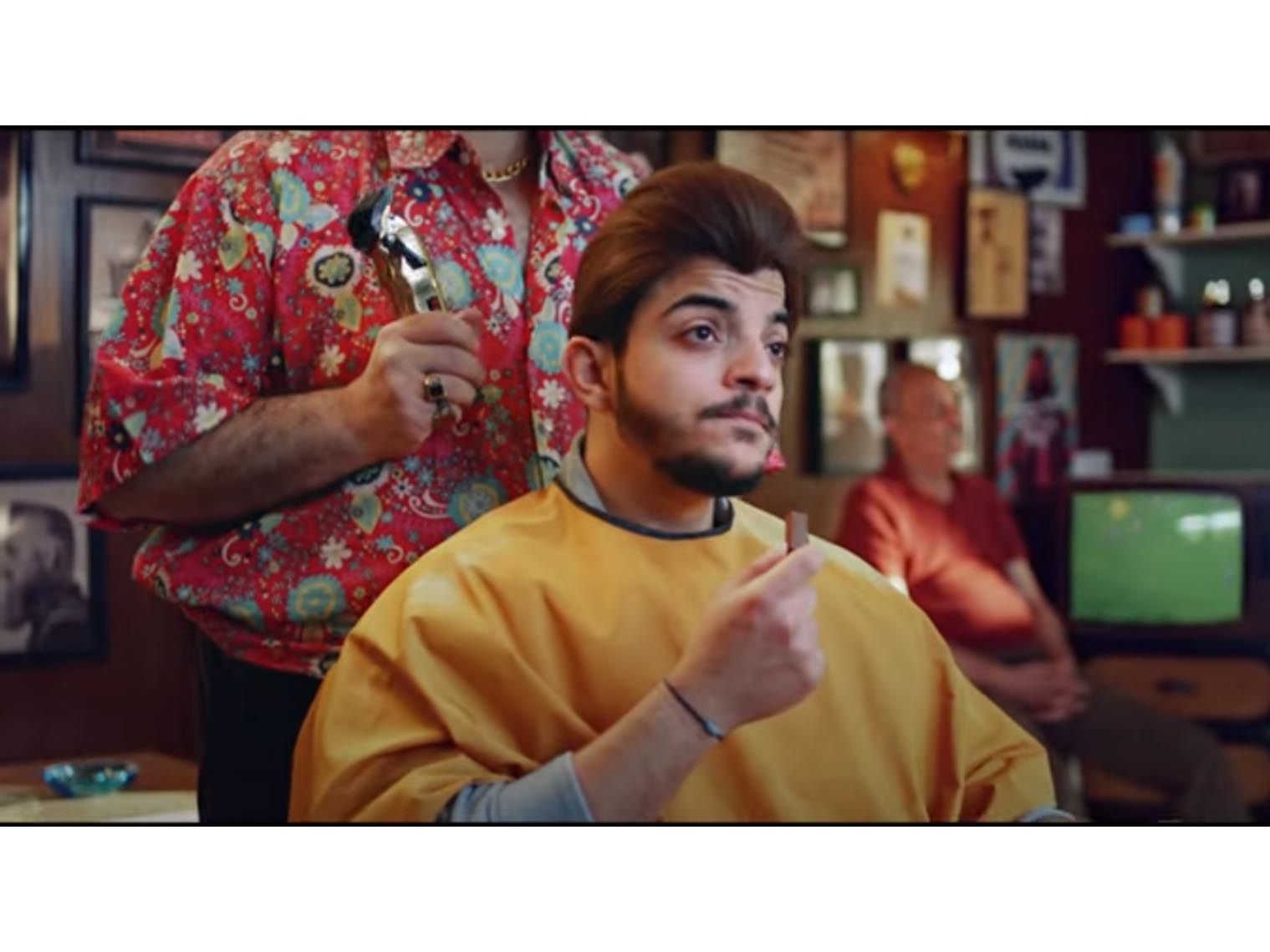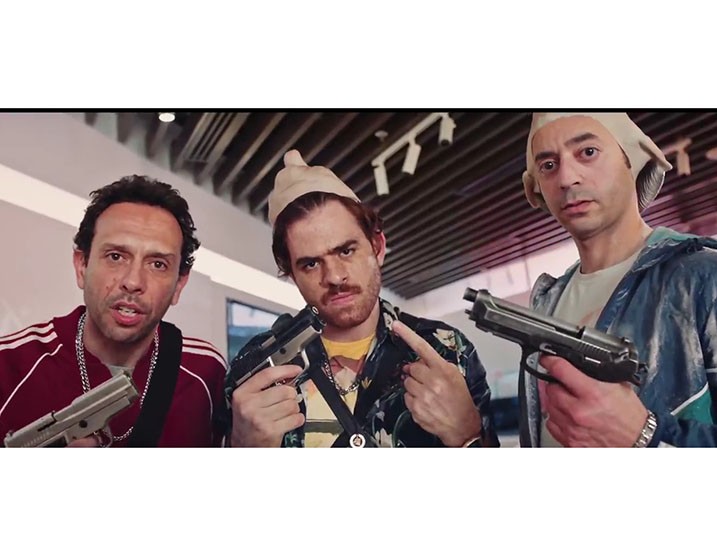News - Advertising
Viewing the world through rose-tinted glasses
July 20, 2017
.jpg) Advertisement
AdvertisementIn June, a commercial by Byblos Bank caught the imagination of many Lebanese. With a tagline that stated ‘There’s no home like a home in Lebanon’, it featured many of the things that people love about the country: the grandeur of Raouche Rock; the sea; the first almonds of spring; 24-hour delivery; man’oushe; a grandmother’s cooking; old houses and their ornamental balconies.
And yet Lebanon’s cultural and historical heritage is being eroded, the sea polluted, the food poisoned, and the country’s landscape blighted. It was, shall we say, a ‘selective’ and arguably misleading representation.
It was also a representation that caught the attention of many Lebanese, including Elie Fares. Writing in A Separate State of Mind, he stated that “there comes a time when hummus and man’oushe over sensational music isn’t enough anymore to sell a country”.
Writing of his imminent emigration to the US, he said: “I’m leaving a country whose beaches are dirty, whose sea is toxic, whose forests are being dismantled, whose elderly are being turned down at hospital doors, whose mothers and their children are being evicted from houses and forced to live in construction sites even in the heart of Beirut, whose garbage can’t be sorted or addressed, and whose people – most of them at least – are still ready to offer their necks to the same politicians who have turned this country into what it is today, as they drool over any video or international article that says their country is a nice vacation site, and whose children are forced to beg in the streets to make ends meet.”
Is the film misleading? Some believed so, making fun of a commercial that ignored the reality of Lebanon.
It also poses wider questions, not least how much do you have to ignore certain elements of a narrative before a story essentially becomes a misrepresentation, or even a lie? And how much can an advertiser bend the truth and remain credible?
It’s an issue that affects all advertising, with ‘lies of omission’ – failing to include relevant information that would dissuade a person from purchasing a particular item or travelling to a certain location – frequently cause for concern. Dishonesty, no matter how innocent, erodes trust. And once trust is lost it is almost impossible to regain.
“In a world where we have not only become cynical, but where it’s the only acceptable response, advertising all too easily trips over its own two feet,” says Tom Callaghan, a former Dubai-based advertising creative and now full-time author. “Airline advertising that shows the delights of flying (and fails to show you the screaming child next to you in cattle class). Car advertising where you cruise along twisting clifftop roads without another motorist in sight (and doesn’t portray the nightmare of the North Circular rush hour). You supply the category, you’ll find many examples where rose-tinted contact lenses have been glued to the consumer’s eyes.
“Then there’s the reaction against that, where supposedly ‘real’ people are shown in ‘real’ situations – remember the days of smart, focused wives and brain-dead husbands? (A reversal of how it used to be back in the 60s and 70s). Of course, they’re ‘lies’, but only in the sense that they attempt to show the potential consumer a product or service by trying to engage their interest.”
Are such ‘lies’ justified? Do they irreparably damage a brand?
“Telling people something is brilliant doesn’t make it so,” says Phil Lynagh, director of independent agency SHA. “Telling someone that a sports car will deliver sexual favours from strangers is a compelling proposition yet unfortunately it’s also an outright lie. These tales are far too easy to tell, but they’re impossible to sell.
“We are in the business of cleverly communicating the real benefits of a brand rather than just creating them from thin air and hoping nobody bothers to Google or ask a friend. It’s our job to help guide our clients in these situations, remembering the commercial truths and deliverables that the consumers will experience. If these aren’t viable, or they don’t exist, then you are aiding and abetting the selling of lies. This never ends well for all involved.”
You only need to look at Volkswagen to see where lies lead you. In March last year, the Federal Trade Commission in the United States released a detailed and damning false advertising lawsuit against Volkswagen, claiming it deceived consumers with its ‘Clean Diesel’ campaign, and sought to compensate Americans who had bought or leased an affected vehicle between late 2008 and late 2015. The lawsuit would go on to become the largest false advertising case in the commission’s history.
“The thing is,” adds Callaghan, “the story being told and its promise has to have at least some truth in it. I may not be able to drive along the Amalfi coast, but I will get some satisfaction when I’m behind the wheel (all right, maybe not in the rush hour). If the reality betrays the promise, all that happens is that the brand fails faster. As a consumer, I balance anticipation with the suspicion that most things don’t live up to my expectations – check the divorce figures.
“Advertising isn’t about lying, but neither is it about George Washington’s ‘I cannot tell a lie’. Admen are paid to be passionate advocates of a particular brand, to spell out why you should choose that over all the competition. Which means highlighting the good, not labouring the bad.
“The real lying that takes place in advertising is lying to ourselves: we tell ourselves that it’s ‘groundbreaking’, an ‘entirely new concept’ and all the other award-entry hype. Take this year’s big winner at Cannes. As people stroll down Wall Street past ‘Fearless Girl’, 99.99 per cent say ‘cute statue’ and walk on, thinking no more about it. The real problem in advertising isn’t lying; it’s irrelevance.”



.jpg)





.jpg)




